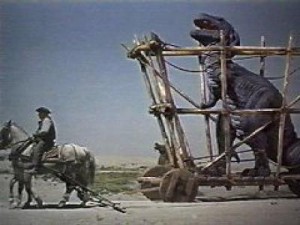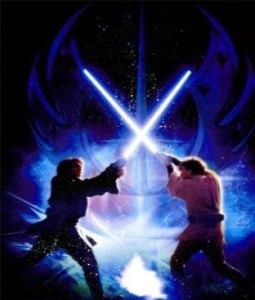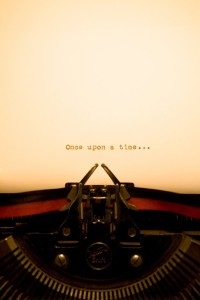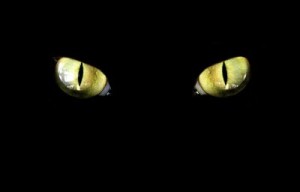I was happy to read that JA Konrath’s novella, SERIAL, has been the #1-Kindle Bestseller for the past nine days. (See his post yesterday).
Many of us have been speculating here about the potential impact of the Kindle on the publishing biz — now Konrath has leaped ahead and run his own home-grown publishing experiment over at Amazon. SERIAL (written under the name Jack Kilborn, penned with co-author Jack Crouch), is a free download. IMHO, the decision to make the download free was a stroke of marketing genius. The download brings with it branding and name recognition. And it’s a neat way to bump yourself ahead of the bestselling mega-authors, too.
Konrath announced the results of another Kindle experiment on his blog yesterday. Evidently in the month of May he made some of his smaller writings available for sale on Kindle. These were works he’d previously allowed readers to download for free from his web site. By selling those same works through Kindle, evidently he netted more than a thousand dollars in one month.
I was particularly interested to read about Konrath’s Kindle experiments in the wake of the recent news that scribd is now letting authors sell ebooks from the scribd site at an 80/20% revenue split. In a recent blog post, I mentioned that an established author (Kemble Scott) decided publish his latest book on scribd instead of going the traditional print publishing route. I just checked back over at scribd, and saw that Scott’s book, THE SOWER, has had 1933 “reads” at a list price of $2.00 each. And it’s only been posted a short time.
The way my fellow author friends are testing the ebook waters reminds me of that scene from Jurassic Park, where the guide tells the visitors that the dinos are testing the fences for weak links.
“They remember…” he says.
A few more good pushes, and some writers might actually figure out a way to do real business in the Kindle/scribd universe. It hasn’t happened yet, but that day might be coming.
I know that in terms of relative scale in today’s publishing landscape, most writers are more like scurrying mammals than T-Rex’s. But hey, we’ve got time and evolution on our side. Give us a few years, and the whole Terra unfirma could change completely.
But that’s just what I think.
What about you?
~~~~~~~~~~~~~~~~~~~~
Coming up on our Kill Zone Guest Sundays, watch for blogs from Sandra Brown, Steve Berry, Robert Liparulo, Paul Kemprecos, Linda Fairstein, Julie Kramer, Grant Blackwood, and more.











